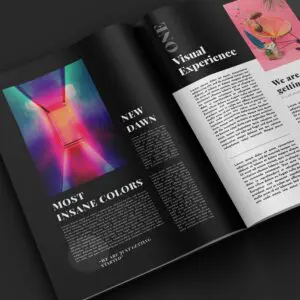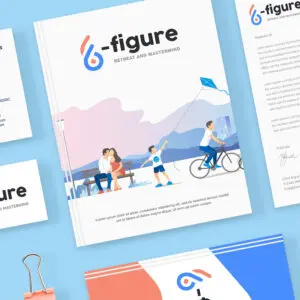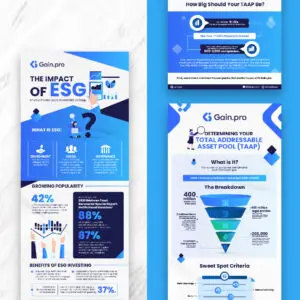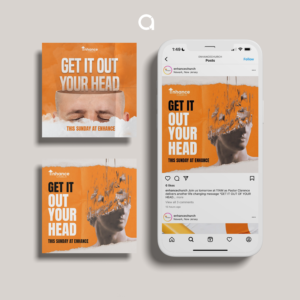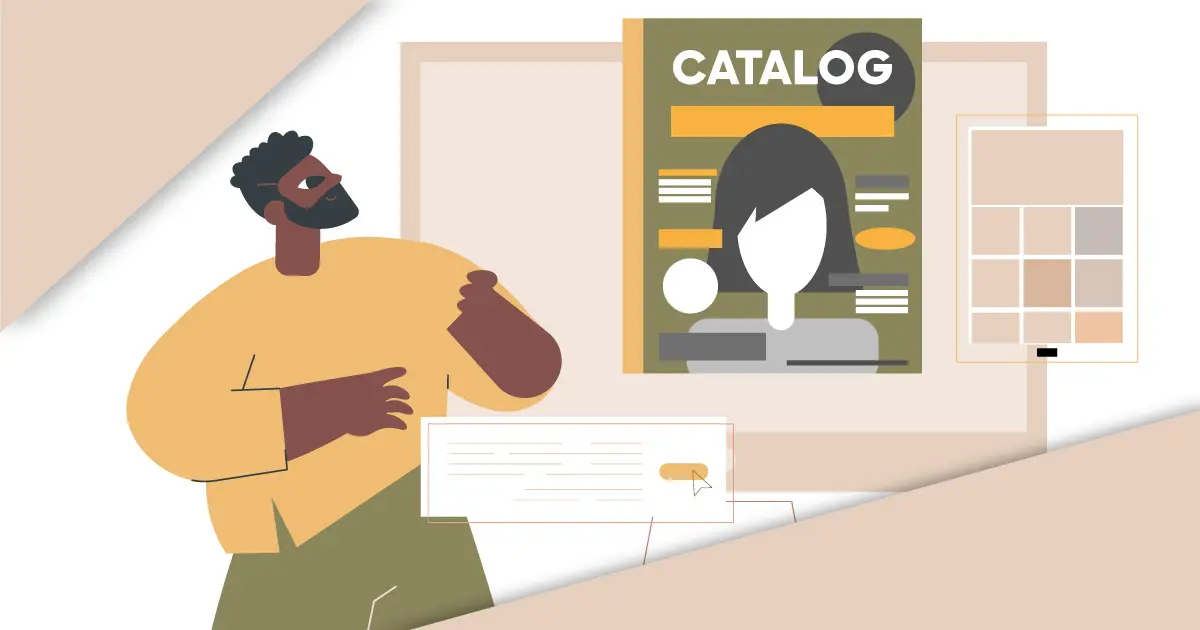
Launching your new business requires you to tick off boxes to kickstart your new venture. This includes costs, legalities, operational systems, and designs. Regarding designs, it’s imperative to have branding and marketing designs ready before launching. One underutilized marketing product is the catalog. Learn why it’s important to publish one. Plus, we provided catalog design examples for inspiration!
What is the Importance of a Catalog?
- Introduces prospects into new leads
- Organizes your items into one medium
- Promotes your business and products
- Updates customers with the latest about your business
- Provides consumers with ideas on how to use your products and pair them with other items in your catalog
Elements and Types of Catalogs

What’s included in a catalog?
- High-resolution product images
- Product descriptions
- Brand logo
Here are other things to consider when creating your catalog:
- Contact details (for printed or online magazine-style catalogs)
- Motion graphics, animation, or videos (for websites or online-magazine style)
- Call to action (for websites)
Catalogs come in two forms. The standard catalog is the printed one. Meanwhile, there’s also the digital version which can be branched into three different forms.
Tips and Tricks in Designing a Catalog
1. Use High-Quality Images
Since a catalog is a marketing asset, you need to post high-quality photos. However, don’t post ALL the images you have of a specific product. Choose the best ones and add them to your catalog to showcase them. If your products have various colors, provide those, too, so that your potential customers will see the product in a color they prefer.
2. Limit Text
The catalog is meant to entice potential customers into buying your products. Your photos should serve as eye candy. However, you can include text to add descriptions about your products. It can be a description or how to use them. You can use bullet points to list ingredients or descriptions to make it easier for customers to read about the product.
3. Utilize Visual Hierarchy
Visual hierarchy is the principle by which you organize design elements according to how the reader or viewer should look at a design or marketing asset. Your catalog design should follow the same principle.
For instance, if you are featuring a product on a new page, a heading with the product name could suffice as the product’s introduction. This will notify the readers that this is a different item. Additionally, when applying visual hierarchy, make sure that the text for the description is small but not small enough that it can’t be read. You can put that on the right side or below the image.
4. Feature the Best Seller on The Cover
You know how magazines feature popular or famous celebrities? Do that for your catalog design, too. Showcase the best product and make it the most attractive thing you’re offering to your audience. You don’t have to put any text beside the image, though. You can have the title as your business name and add “Catalog” then the year.
5. Employ Shapes and Icons to Create Variety
You may have the best images and a good copy to sell your products. However, other graphic elements to make your catalog even more engaging could be lacking in your design. You could add a little spice to your design by putting images in shapes. For instance, you could put them in a square or rectangle against a copy in a circle. This creates contrast, which could actually catch attention.
How Can You Post Your Catalog Online?
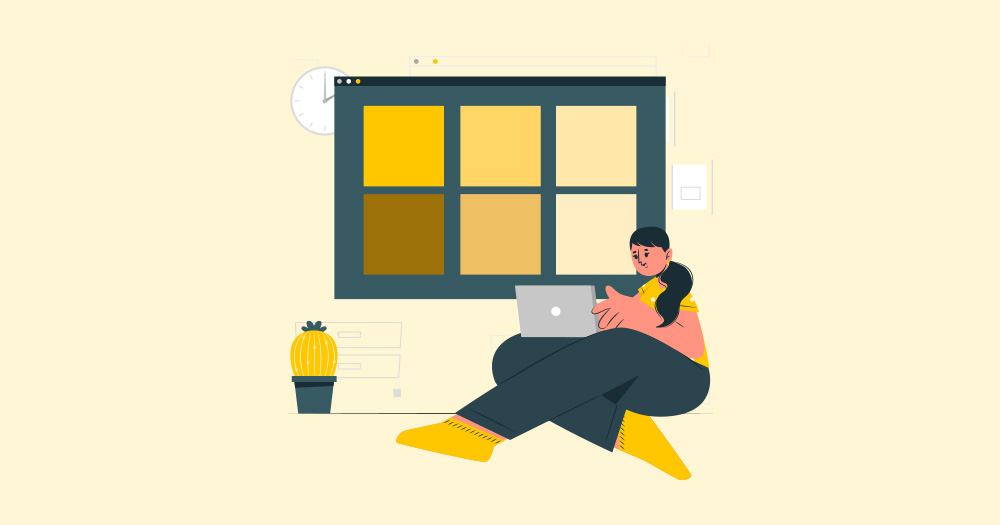
Your digital catalog can come in these forms online:
- Website – Your digital catalog can be integrated into your website as a product page. But if you don’t have a website yet, you can set up a website dedicated to your catalog. Ensure that your customers will know where to buy your items.
- Social media – Meta (Instagram and Facebook) has made it possible to create seamless shopping experiences without leaving their platform. You can promote your products there, and your buyer can checkout on your site or other shopping platforms.
- Digital catalog – You can still stick to the traditional catalog design style but publish it online. You can publish them on sites, like Issuu or Publitas, to reach more people.
Why Should You Post a Digital Catalog vs Print Catalog?

As the eCommerce industry continues to thrive, it’s more important than ever to set up a digital catalog instead of a printed one. Printed catalogs are ideal for businesses with brick-and-mortar stores. But instead of printing a catalog, here’s why you should stick with digital:
- Convenience – With a few clicks, your potential buyer can check out their items on your eCommerce site or a partner retailer. Likewise, if you have a physical store,
- Cost-efficient and environment-friendly – Printing your catalog is an added expense to your business. Plus, printed catalogs will eventually be disposed of by your potential customers. With a digital catalog, you don’t have to worry about printing costs. Plus, you can do your part for the environment too!
- Customization – A traditional catalog can be considered final when it’s printed. What if you have a new addition to your stock? Or your business no longer sells a specific item? You can kiss that old catalog goodbye, and you need to print another one with the updated items. But a digital catalog is easily customizable. You can upload a new photo of your item, add it to your online catalog, and publish it.
How to Make an Online Catalog Design
Making an online catalog design doesn’t require previous design experience. You can create one with templates from catalog design makers. Here are the best sites, and learn how to make your catalog design from them.
1. Flipsnack
Flipsnack is one of the top places to create your custom catalog design. This site converts your pre-existing PDF into a more engaging online catalog. However, you can make an online catalog design for free. You need to sign up for an account to access the online catalog design editor. After signing up, select the size of your catalog. Additionally, you can customize your flipbook size. Once selected, you can create a catalog design from scratch or choose from a template.
2. Marq (formerly Lucidpress)
Here’s another online catalog design maker to use. Like Flipsnack, you can use Marq’s templates to create your catalog designs in a few minutes. It has a drag-and-drop easy editor to make engaging catalog designs. You can store your brand assets, automate your data, and import photos and icons.
3. Drawtify
Drawtify is an online vector and SVG editor app. However, you can create your catalog for free. You can select from its template directory like the others on this list. From there, you can customize the catalog to your brand. One advantage of Drawtify is that you can make custom icons or fonts, enhancing your branding in this digital asset. Additionally, you can add QR codes, special effects, and 3D images!
4. Venngage
Another popular graphic design tool that allows non-designers to create catalogs is Venngage. You can choose from its library of professionally designed templates. From there, you can customize your catalog with charts, images, and text. Plus, you can import stock images, too! Finally, you can download the catalog and share your design with your team!
5. FlipHTML5
Our final catalog design maker comes from FlipHTML5. This software has a user-friendly interface, allowing users to drag and drop elements. You can add videos and animations with this software. Plus, integrate your QR code and link into your flipbook! Additionally, FlipHTML5 helps users with SEO so that your audience can find your catalog. Finally, you can download a PDF, DOC, PPT, PNG, or JPG file.
Examples of Online Catalog Design
1. Beautiful
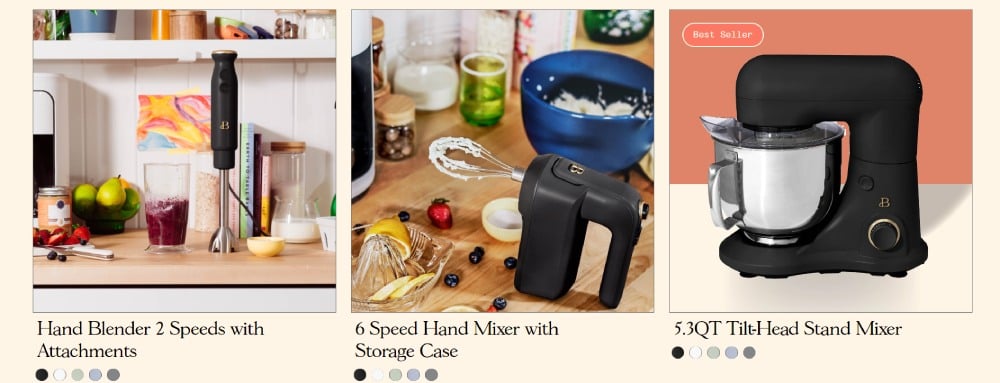
Here’s one of our picks for the best online catalog design. Beautiful allows visitors to browse their products. It’s organized by different collections, such as cookware, appliances, chef’s tools, and home. The images are high-quality, making the products look enticing to the viewer. Plus, you’ll also see some products being used, demonstrating their application too.
2. Muuto
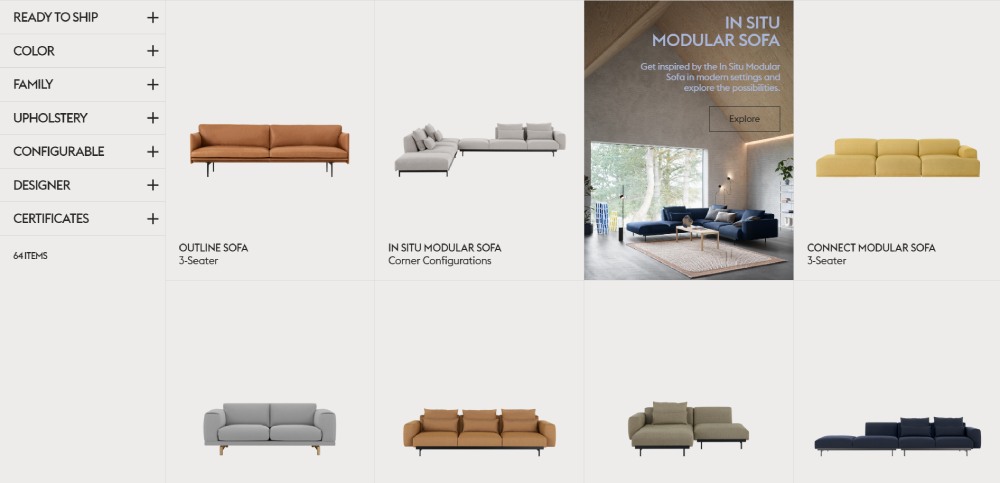
Muuto is another example of an online catalog design that’s pleasing to the eyes. It’s a furniture store bringing more life and sustainability into your home. Aside from it being a catalog website, you can test your preferred furniture through AR and see if it’s a good fit.
3. IWC
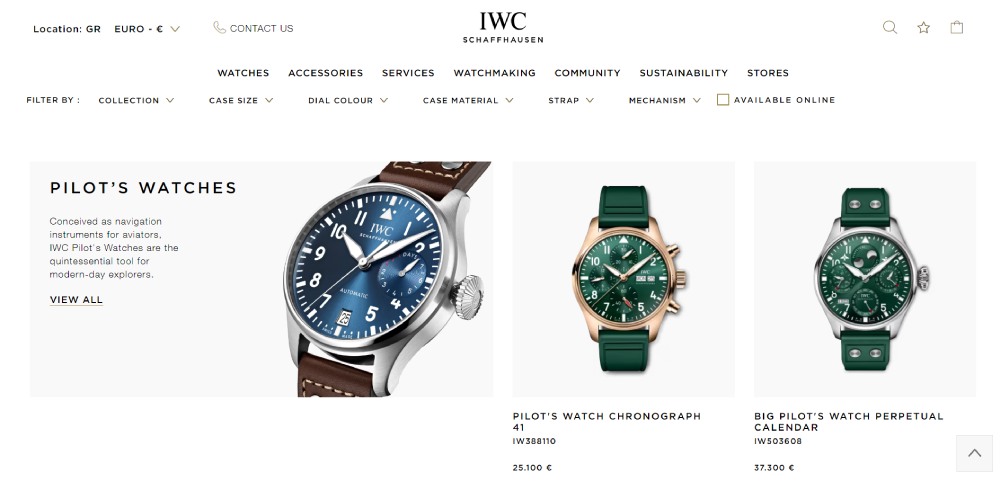
Luxury brands can create catalog sites and let consumers buy them in-store. This is the case for IWC and other luxury watch sellers. An online catalog for luxury brands enables consumers to search in-store first and learn more about their products. Plus, an online catalog helps with their sophisticated or elegant branding by keeping stocks limited to stores.
4. Musotoku

Manufacturers have catalogs for their products. As a manufacturer of tattoo tools, Musotoku has an online catalog and store selling these items. Their product catalog page features compelling copy, high-res images, and sample speed tests with their other items. It’s a great way to introduce tattoo artists to these tools before purchasing one for their studio.
5. Onyx Coffee
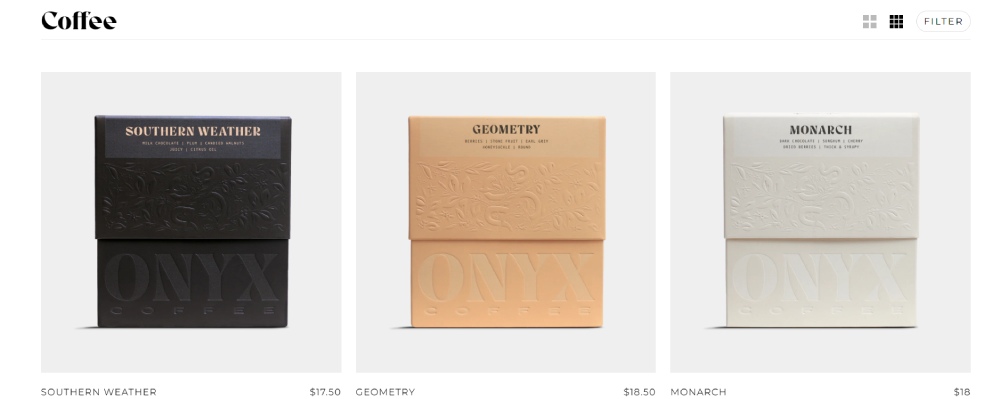
Check out the product catalog for Onyx Coffee. It has a modern and engaging website design. When you hover over one of the products, it shows you the other side of the bag. Then when you select any of their products, scroll down to see how they deconstruct the product, detailing the coffee’s origin, elevation, process, and taste.
6. Electrolux
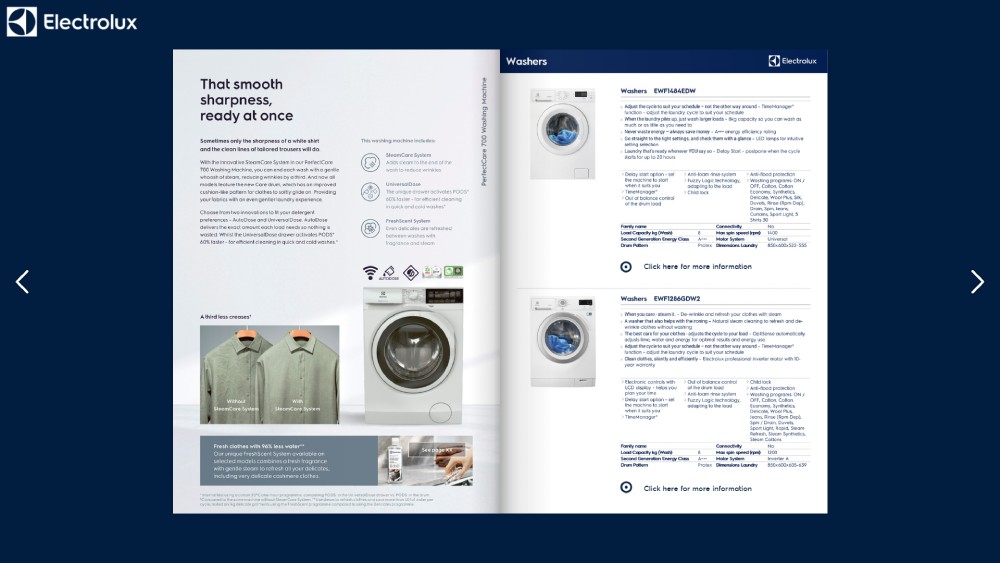
Image credit: Flipsnack and Electrolux
Popular appliance business Electrolux published a flipbook with its featured products. The flipbook shows a video of how their washing machine works. Plus, they detail how fabrics are washed in their appliance. Not only that, but they also provide technical product descriptions to help consumers learn more about the appliance.
7. MOMA
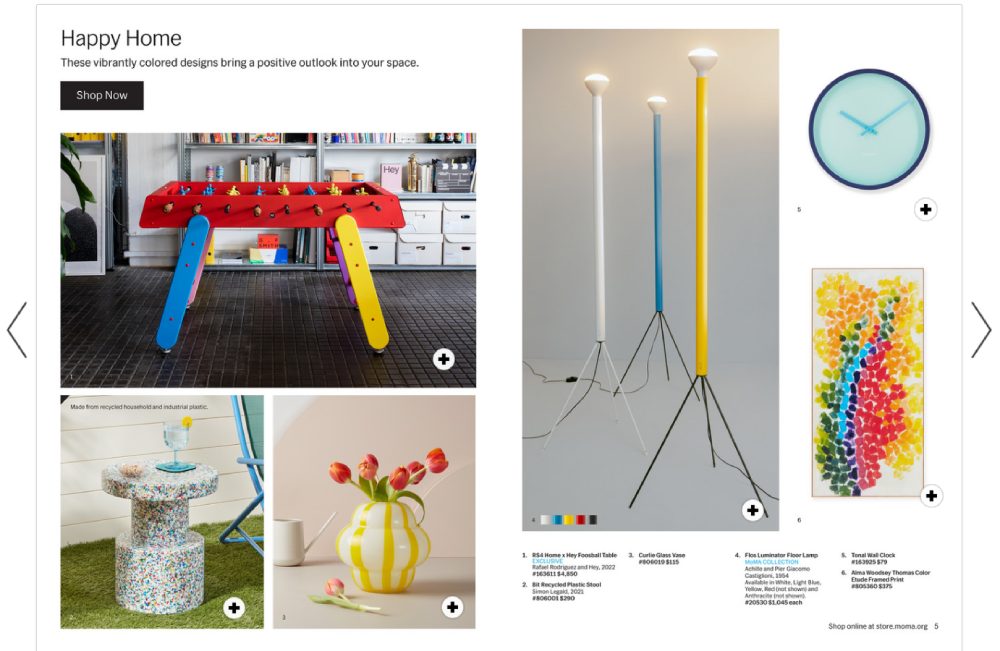
The Modern Museum of Art (MOMA) also published an online catalog with the latest items you can buy in-store or at the museum. They showcase bright-colored products that can entice the buyer to purchase an item. Plus, they have a special section for Pride Month and their latest exhibit about Pinocchio. The museum sells various items, but it is organized from home and lifestyle to personal items and family.
8. Decathlon
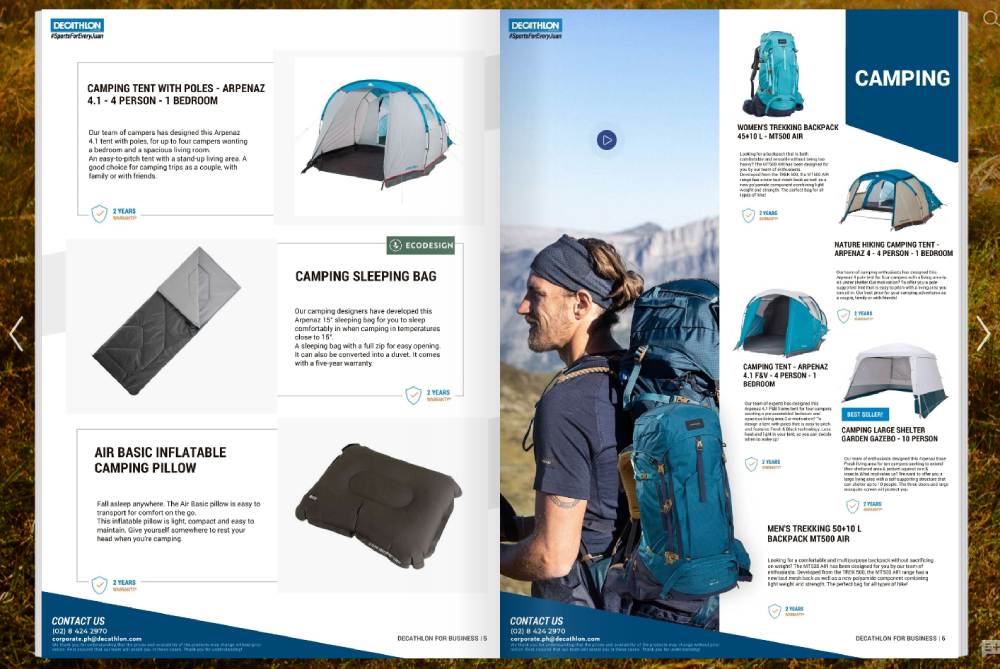
Image credit: Publuu and Decathlon
Our final online catalog design comes from Decathlon. They divide their online catalog into different sections, such as camping, hiking, etc. They ensure variety by scaling the images and emphasizing the headlines. Even though they showcase various products, the overall design looks organized.
How Can Penji Help?
Whether you need a traditional catalog design or an online one, Penji can be your design partner through it all. Creating a catalog can be time-consuming, especially if you’re busy running your store all day long. But with Penji’s help, you can focus on keeping it in tip-top shape.
We make it easy and simple for businesses to request designs. Start by signing up for Penji and submit your first-ever request once you choose a plan. Make sure to provide a detailed design brief and the images needed to finish your catalog design. Then, once you submit your design brief, let Penji designers work their magic and get a catalog design you’ll love!
Try Penji for 30 days with a money-back guarantee! Choose a plan that fits your budget here.
About the author

Katrina Pascual
Katrina is a content writer specializing in graphic design, marketing, social media, and technology. In her spare time, she writes monthly personal blogs to practice her craft.
Table of Contents
- What is the Importance of a Catalog?
- Elements and Types of Catalogs
- Tips and Tricks in Designing a Catalog
- How Can You Post Your Catalog Online?
- Why Should You Post a Digital Catalog vs Print Catalog?
- How to Make an Online Catalog Design
- Examples of Online Catalog Design
- 1. Beautiful
- 2. Muuto
- 3. IWC
- 4. Musotoku
- 5. Onyx Coffee
- 6. Electrolux
- 7. MOMA
- 8. Decathlon
- How Can Penji Help?

